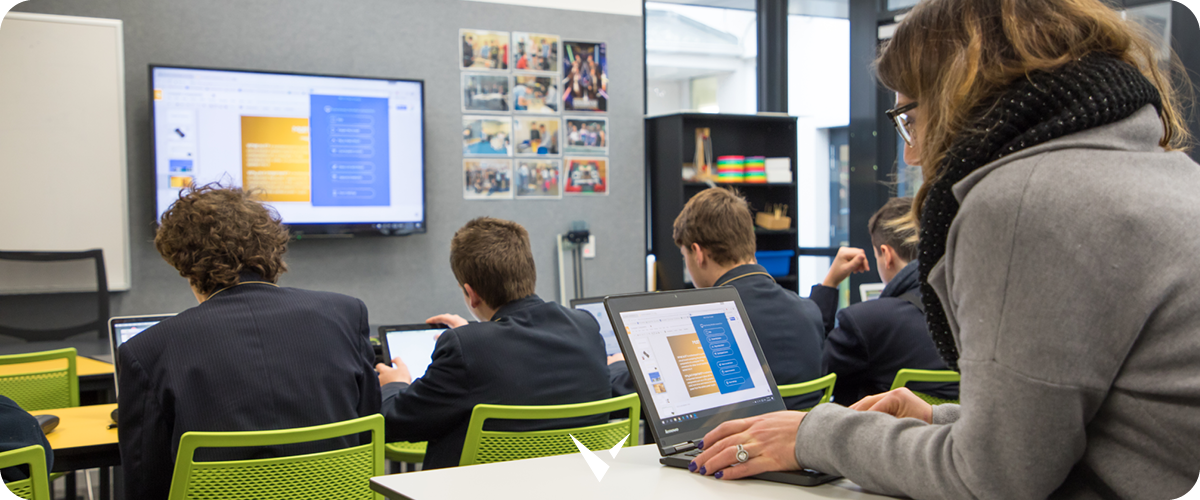
We can all remember times feeling a little bored and uninspired in the classroom. But we can also remember being inspired and enthralled through the right learning experiences.
Sure, sometimes the subject matter being taught is more interesting, but the learning environment and the tools employed in teaching are heavily responsible for driving positive outcomes.
These days, there are many learning tools available that can help educators increase student engagement. And when we conquer engagement, we widen the horizon of possibility. So. what are the key things to consider for educators?
Keeping things interesting
In psychology, ‘triggered interest’ and ‘maintained interest’ are two parts of a learning paradigm. Triggered interest occurs when a teacher does something out of the ordinary, such as throwing a ball off a wall or performing an experiment to demonstrate a scientific principle. Although this might trigger interest in the short term, it doesn’t work to sustain engagement in the long term.
The preferable outcome is to cultivate ‘maintained interest’ that fosters engagement by appealing to the natural curiosity of the human mind and its predisposition to examine, interact, and understand. With the right learning tools and mindset, teachers can strive to create ‘maintained interest’ which ultimately leads to engagement.
Improved academic performance
When students feel engaged in their studies, their academic outcomes are far greater. This builds a sense of resilience and gives students the tools they need to take on challenges and overcome difficulties inside and outside the classroom. Feeling interested in the activities and achieving self-actualization are essential for sustaining student engagement. The result is a growth mindset and proof that individual effort can lead to success.
Reducing class disruptions
Class disruptions are common, especially in childhood and young adult education. One of the reasons for disruptive behavior is a lack of engagement. Students can act out because they’re bored or do not feel stimulated. Students are far more likely to participate in lessons when they feel included and encouraged to take part. When engagement levels are higher, disruption is lower, which gives teachers the ability to teach more productively. Because of this, educators often look for ways to engage the entire classroom – not just the front row.
Remaining in education
One of the biggest concerns across all levels of education are dropout rates – closely tied to levels of student engagement. By feeling interested in both the subject matter and the learning environment and community, students are far more likely to feel compelled to attend classes and take part in learning activities.
Improved socialization
In a world that’s increasingly connected online and disconnected offline, classrooms remain a unique opportunity for young minds to meet and integrate socially through learning. Whilst battling social media in the classroom is another issue altogether, the engagement created through classroom learning has positive effects that flow through to the wider community and society as a whole.



